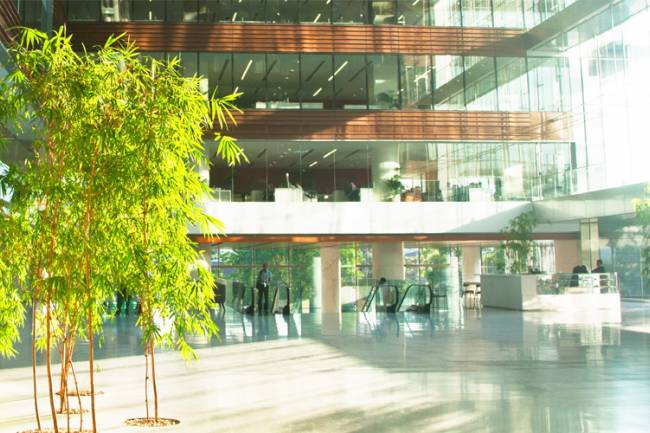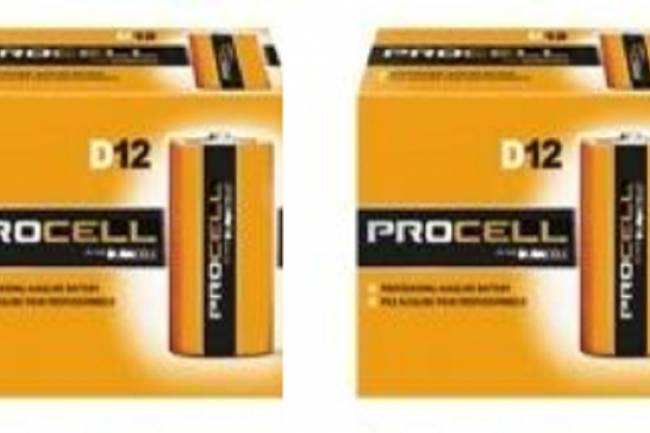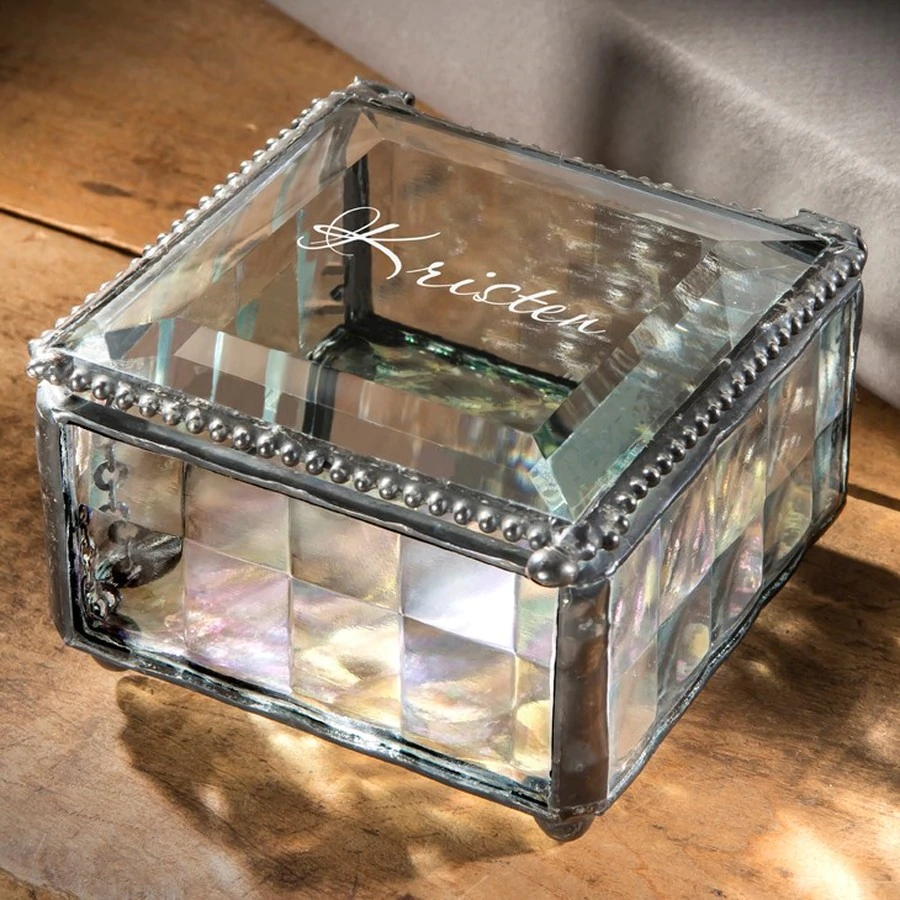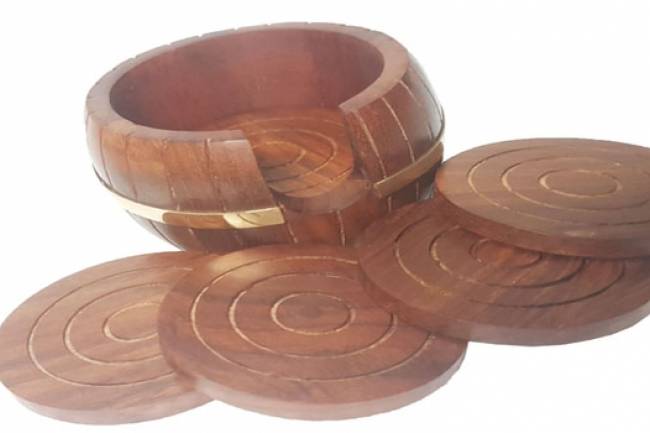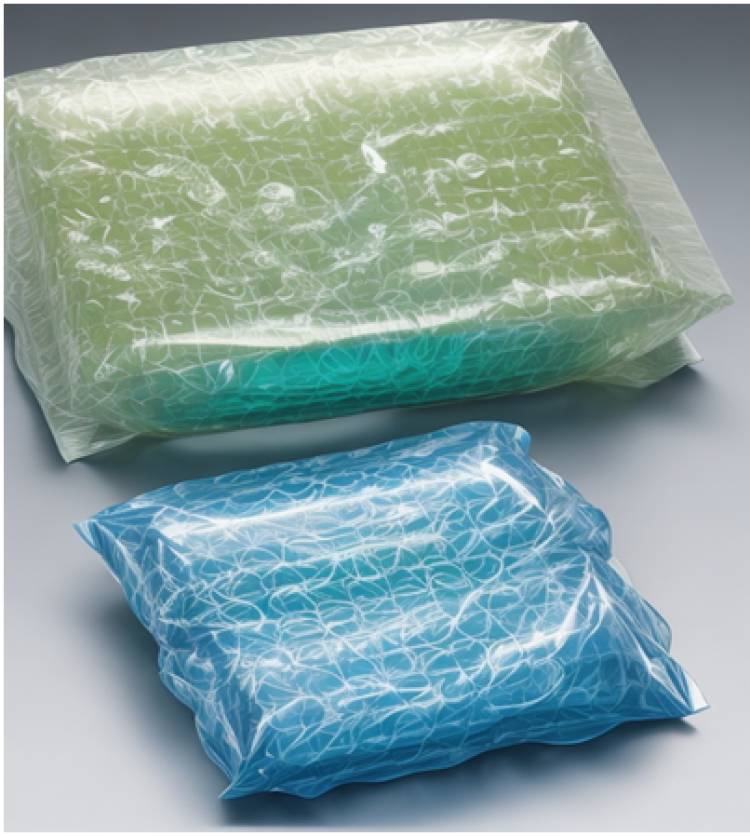
Unwrapping the Pros and Cons: Bubble Wrap Bags vs Traditional Packaging Methods
With the rise of e-commerce and the constant need for product delivery, the field of packaging has never been more significant. Businesses worldwide seek efficient, cost-effective, and resilient packaging methods. Amongst the many solutions, bubble wrap bags and traditional packaging are two often considered options. This article will offer an in-depth comparison between these two prevalent packing choices, highlighting their benefits, drawbacks, and suitability for different circumstances.
Understanding Bubble Wrap Bags
Originally invented in 1957 as textured wallpaper, bubble wrap bags have found its true calling in the packaging world. Made from plastic material enclosing pockets of air, bubble wrap bags provide cushioning and surface protection for enclosed items, especially fragile ones.
- Safety: The air-filled bubbles provide an excellent buffer against shocks, reducing potential damage.
- Lightweight: Bubble wrap bags are remarkably light. This lightness can significantly reduce shipping costs.
- Versatility: Available in a variety of sizes, they can accommodate a wide range of products.
Despite these strengths, bubble wrap pouches are not without shortcomings. The most notable of these is environmental concern since most are non-biodegradable and take hundreds of years to decompose.
Unpacking Traditional Packaging Methods
Traditional packaging methods predominantly include options such as cardboard boxes, wooden crates, and paper wraps. These methods have stood the test of time because of multiple reasons:
- Strength: Materials like cardboard and wood offer great strength, making them ideal for heavy items.
- Recyclability: Cardboard and paper can be recycled, contributing to environmental sustainability.
- Customization: Traditional packaging is highly customizable in size and shape, catering to diverse requirements.
However, traditional packaging methods can be heavier, leading to increased shipping costs. Moreover, they can be more susceptible to weather damage and require more storage space.
Bubble Wrap Bags vs Traditional Packaging: Making the Right Call
When deciding between bubble wrap bags and traditional packaging, consider the type of product, its fragility, its weight, and shipping costs. For example, if you're shipping fragile electronics, bubble wrap bags might be more suitable given their superior cushioning. Conversely, for large, heavy items, a sturdy wooden crate may be the way to go.
The environmental impact is another pivotal factor. Although bubble wrap bags are improving with more biodegradable options becoming available, traditional packaging still takes the lead regarding environmental friendliness, particularly when made from recycled materials.
Final Thoughts
Choosing the right packaging plays a key role in product delivery and customer satisfaction. While Bubble Wrap bags offer lightweight and versatile packaging, traditional methods provide robustness and recyclability. It usually comes down to the specific needs of each shipment. In many cases, a combination of multiple methods could offer the best solution. Always remember that packaging serves as the protective layer for your items; its selection should deem worthy of its essential functions.



